

---The article comes from the Internet---
The arrival of the 5G era, because of the large-scale MIMO technology adopted by 5G, the mobile phone needs to add a large number of antennas, and the metal will cause shielding and interference to the signal, so the metal cover of the mobile phone cover will be the trend of the times. From metal to glass, ceramics and plastics.
From the current back cover material of the mobile phone: the metal back shell gradually disappears, and the transfer from the integration to the metal middle frame requires nano-injection; double-sided glass and a small amount of ceramics become the mainstream of the flagship machine. Basically, they will be equipped with protective shells. These are mainly made of transparent TPU ultra-thin injection molding, and the quantity is increasing rapidly. The middle and low-end models are made of plastic materials, including composite sheet imitation glass, IMT injection molding, PC injection molding 3D. Glass; can be said that 5G mobile phone material changes, the injection molding industry is a big winner! We will explain the application of injection molding in the outer casing of the mobile phone from the above aspects.
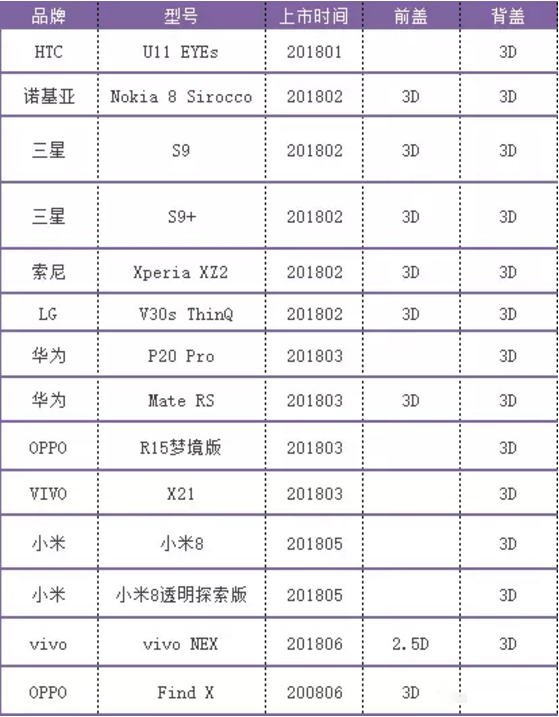
Figure 2018 3D glass released by the mainstream flagship mobile phone brand
(1) Metal frame processing requires nano injection molding process
Glass and ceramics cannot be used as supporting structural parts, so metal middle frames are needed to support them. Metal materials are moving toward high strength and ultra-thin. However, due to the antenna signal, breakpoint processing is still required, and the middle is connected by plastic, that is, the nano-injection process. This process has matured in previous years and will not be repeated. Essence Review: Foxconn stainless steel middle frame + double-sided glass nano-injection process
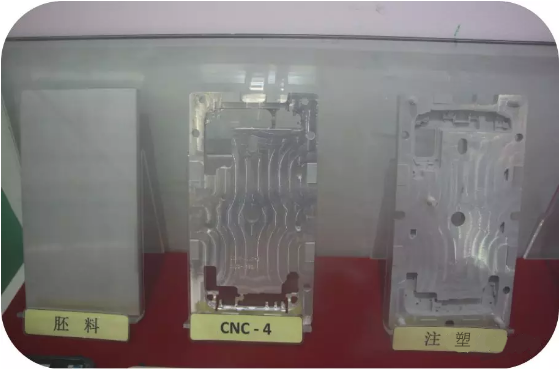
Mobile phone metal frame nano-injection process
(2) Glass and ceramics are inseparable from the protection of plastics.
Glass and ceramic back covers have a distinct disadvantage compared to metals - they are fragile, so mobile phones with glass and ceramic back covers are inseparable from protective covers. The material of the mobile phone case is nothing more than rigid plastics such as ABS, PP, PC, soft plastic TPU, silicone rubber, leather, metal, and some special materials, such as carbon fiber, bamboo, wood and so on. It can be seen from the mainstream material of the mobile phone case that most of the protective cover processing methods are injection molding, such as double injection molding, rubber coating, thin wall injection molding and the like. With the popularity of double-sided glass, there is still much room for improvement in the market for protective cases.
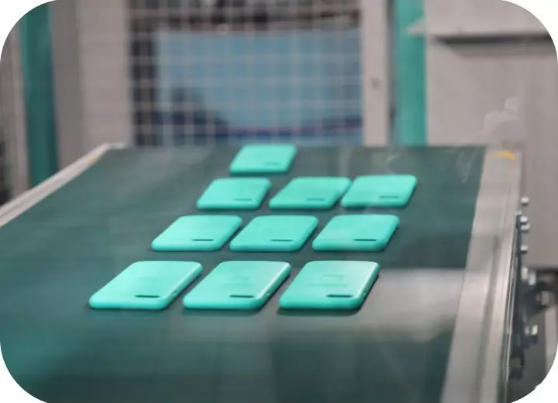
Figure 2018, LBO mobile phone case for injection molding of Arburg booth
(3) Application of injection molding in the outer casing of mobile phones
1. The evolution of mobile phone plastic shell
First of all, the plastic back cover needs injection molding is undoubted; in the 5G era, the plastic material has no influence on the signal, which is a favorable factor for its wide application in the back cover of the mobile phone terminal (or the back cover + plastic middle frame), and the plastic material passes through Iterative update of the appearance process in the past ten years, the texture experience is close to metal or glass, and the plastics are cheap, the injection molding and other processing techniques are mature, the volume rate is high, and the quantity is fast. It is also favored by various mobile phone terminal designers and product planning departments. The important reason.
From the initial injection molding of the functional machine era, plus spraying, to the current IMT and back cover PC injection + coating, the experience of the plastic casing in the appearance of the quality is a qualitative leap. The latest IMT process inherits the advantages of IML and IMR processes and most of the processes, reducing equipment investment, and is a new hope for increasing production of the traditional injection molded mobile phone casing IML factory.
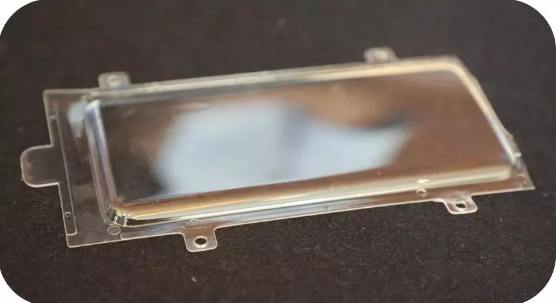
Figure Injection PC back cover
Therefore, in the 5G era, the metal cover of the back cover of the mobile phone has brought new opportunities to the injection molding industry. Injection molding machine manufacturers have begun to pay attention to this market segment, such as Sumitomo, Nissei, Fanuc, Arburg.
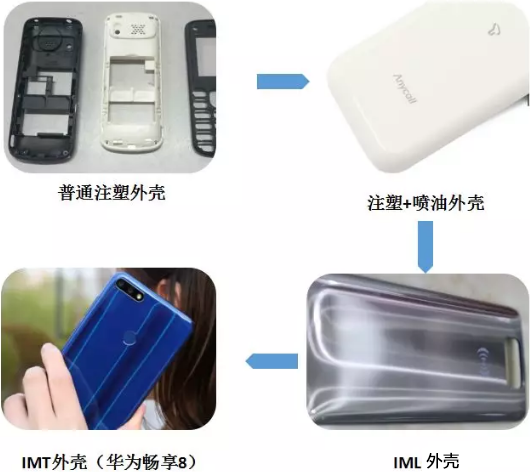
Figure Evolution of mobile phone plastic case
2.IMT plastic and injection PC back cover
The appearance of the plastic case has made great progress in the refined, imitation glass texture. In terms of functionalization, the plastic injection molding frame + PC injection back cover (composite plate back cover) and IMT integrated injection mobile phone back cover design, can meet the RF requirements of 5G antenna, but also meet the needs of wireless charging, in the middle The low-end market has a price advantage over the metal mid-frame + glass back cover solution.
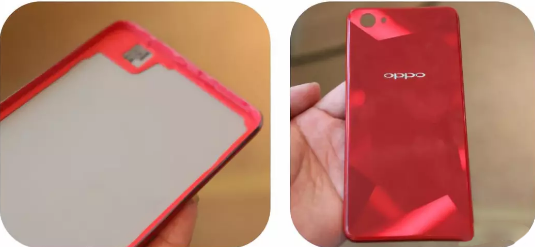
Figure OPPO A3 injection injection injection frame + composite sheet back cover
The injection molded PC back cover is a low-cost alternative to the composite back cover (it is known to reduce costs by more than 30%) and can be directly injection molded in both 2.5D and 3D appearances.
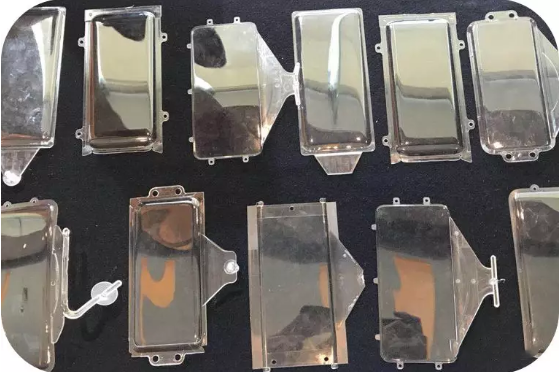
Figure Various types of injection molded PC back cover (source Mitsubishi)
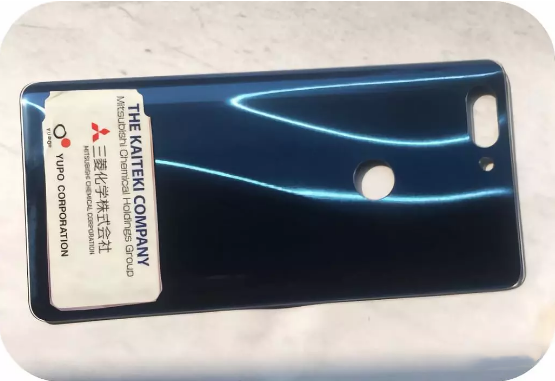
Figure Mobile phone back cover after injection molding PC+ appearance (source Mitsubishi)
3. Injection molding PC back cover process requirements
1) Thin walling
The injection PC back cover is expected to become the mainstream mobile phone back cover solution in 2019. It is understood that BYD, Oriental Bright, Jinsheng, Liansheng, Xinwangda, Tongda, Huike and other manufacturers are accelerating the layout. At present, the industry has developed and verified the back cover of the injection PC mobile phone, the thickness is 0.8mm to 1.0mm, which is thicker than the mainstream glass back cover (0.50mm/0.55mm). The thickness of the injection PC back cover should be as far as possible from 0.5mm to 0.6mm. Close, otherwise it will limit its application on thin and light models. Compression injection molding, as a technical solution that can meet the back cover of thin-walled transparent PC mobile phones, is being paid attention to by the industry.
Injection compression molding is an advanced form of traditional injection molding. It combines two techniques of injection molding and compression molding, and is suitable for products with low thickness and high transparency requirements. The difference between traditional injection molding and injection compression molding is shown in the following figure:
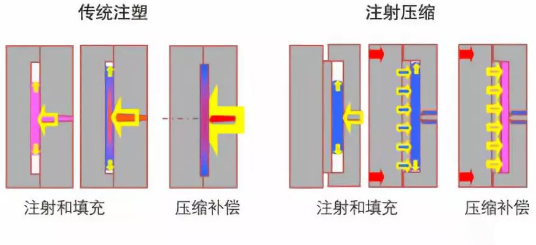
Figure Traditional Injection and Injection Compression Process (Source Network)
2) High precision and automation requirements
The injection molded case of the mobile phone is a precision structural part of the mobile phone, which must meet the requirements of accurate size and large-scale stable production. Especially the current smart phone has high requirements on the detailed structure and appearance precision of the structural parts to meet the minimum assembly clearance under the precise assembly. Requirements, for the manufacturer, the production equipment injection molding machine is preferably an electric high-speed machine with less stains and equipped with a robot to reduce the impact of manual pick-up on product damage and appearance contamination.
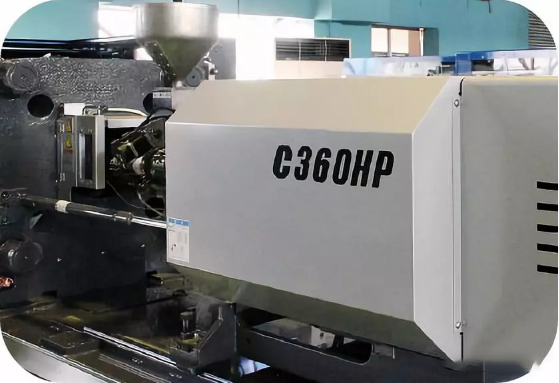
Figure Sumitomo injection molding machine, adapted to thin-wall precision molding (Source Sumitomo)
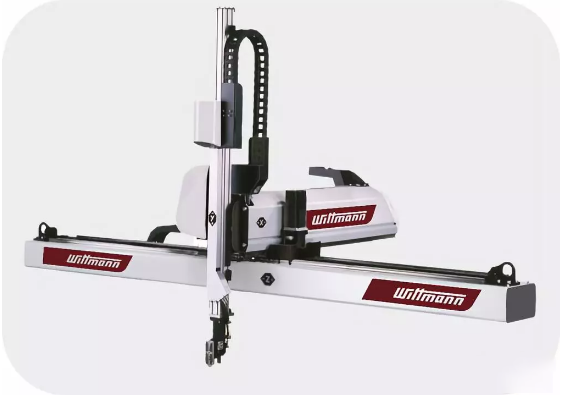
Figure WITTMANN robot for injection molding automation (source WITTMANN BATTENFELD)
Address: Building 2, No.66 Feidu Rd, Nanhui New Town, Pudong New District, Shanghai, China
Phone: 021-68256865
Fax: 021-68256255

© 2009-2022 ZhongLei New Material Science Co.,Ltd Copyright Shanghai ICP 18046883Number-1